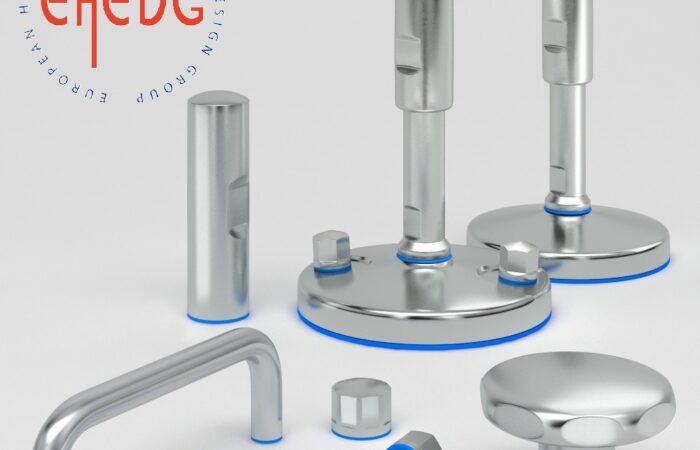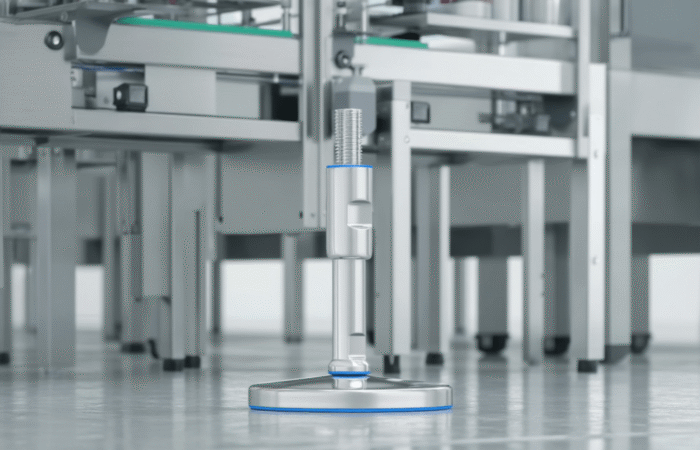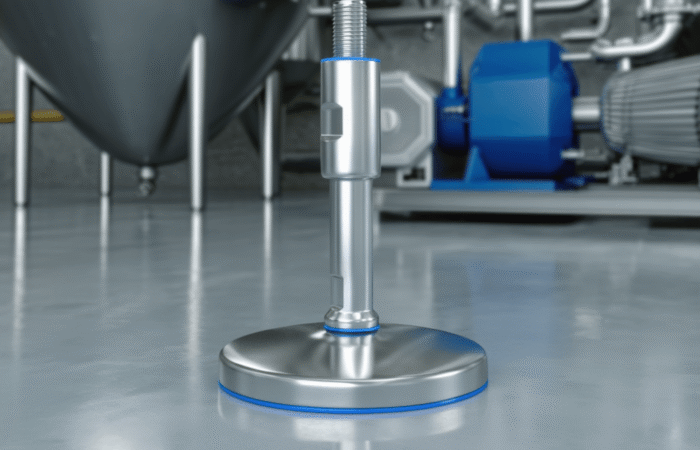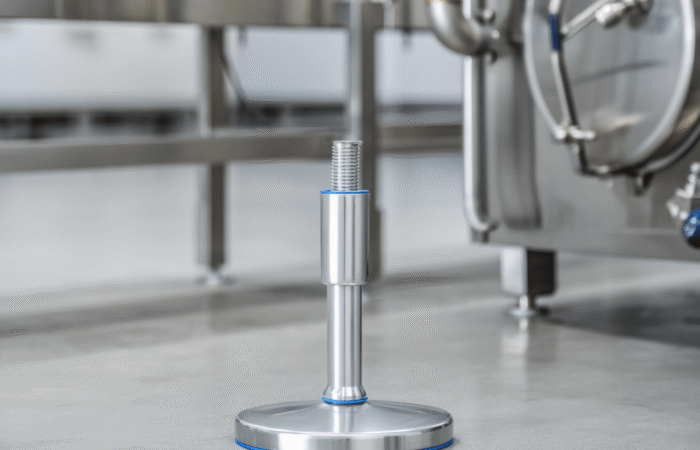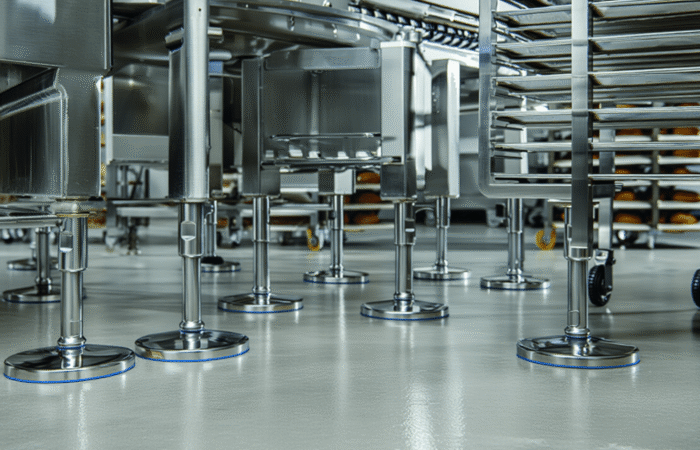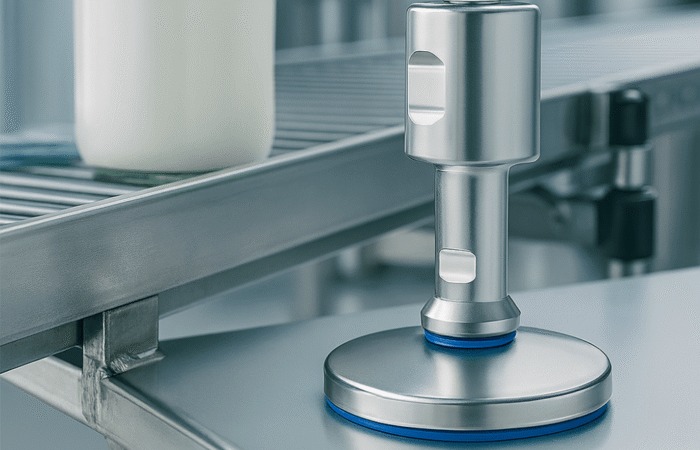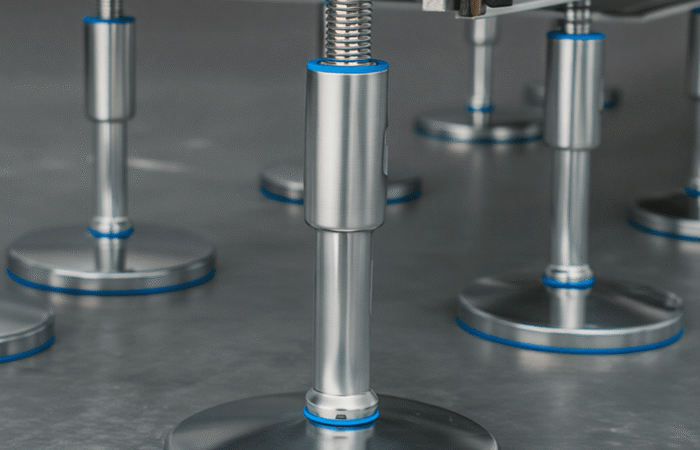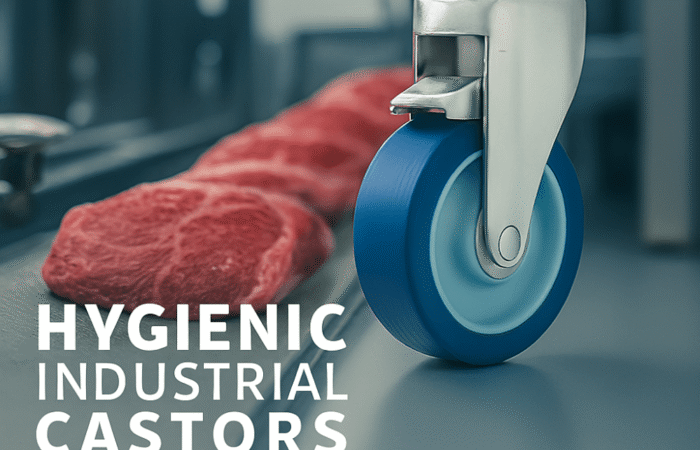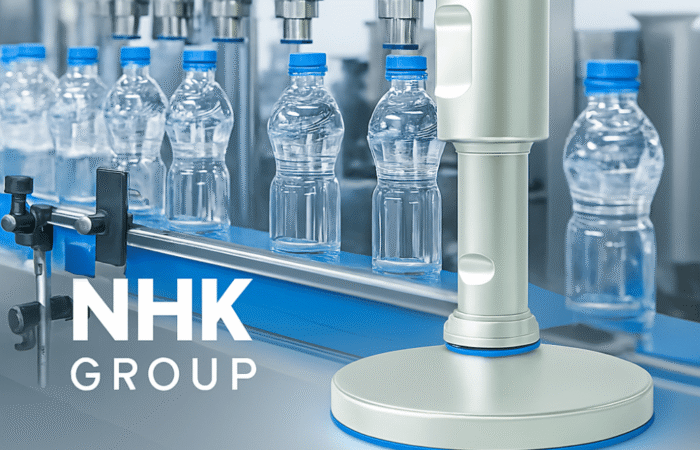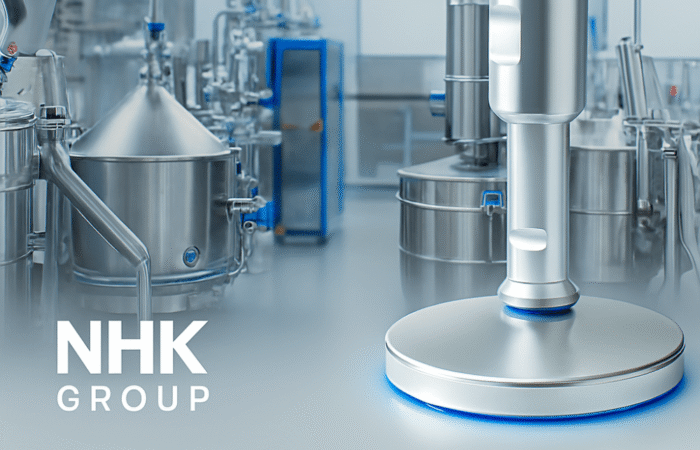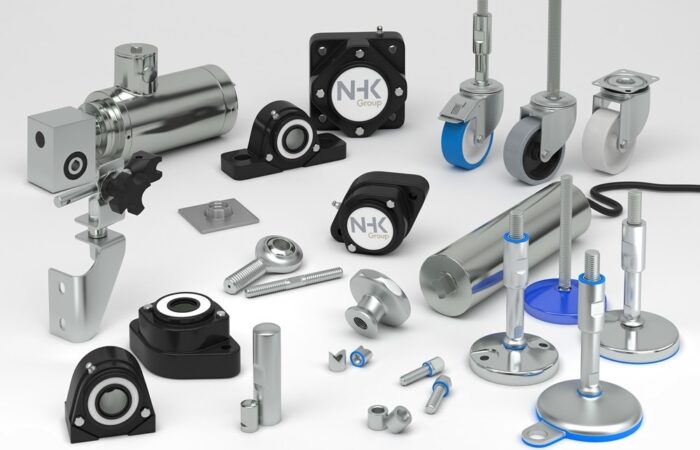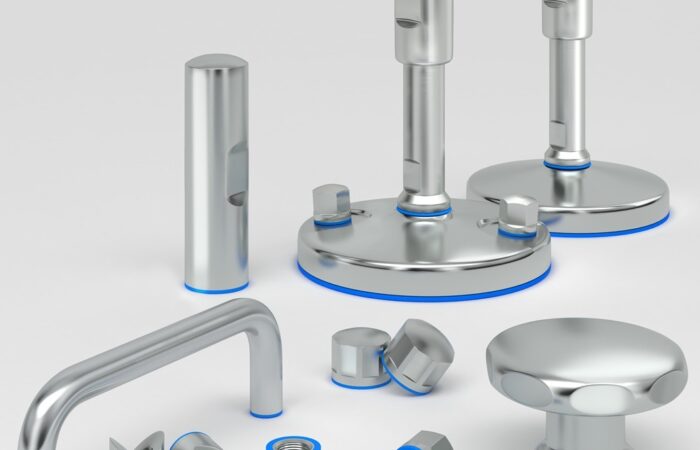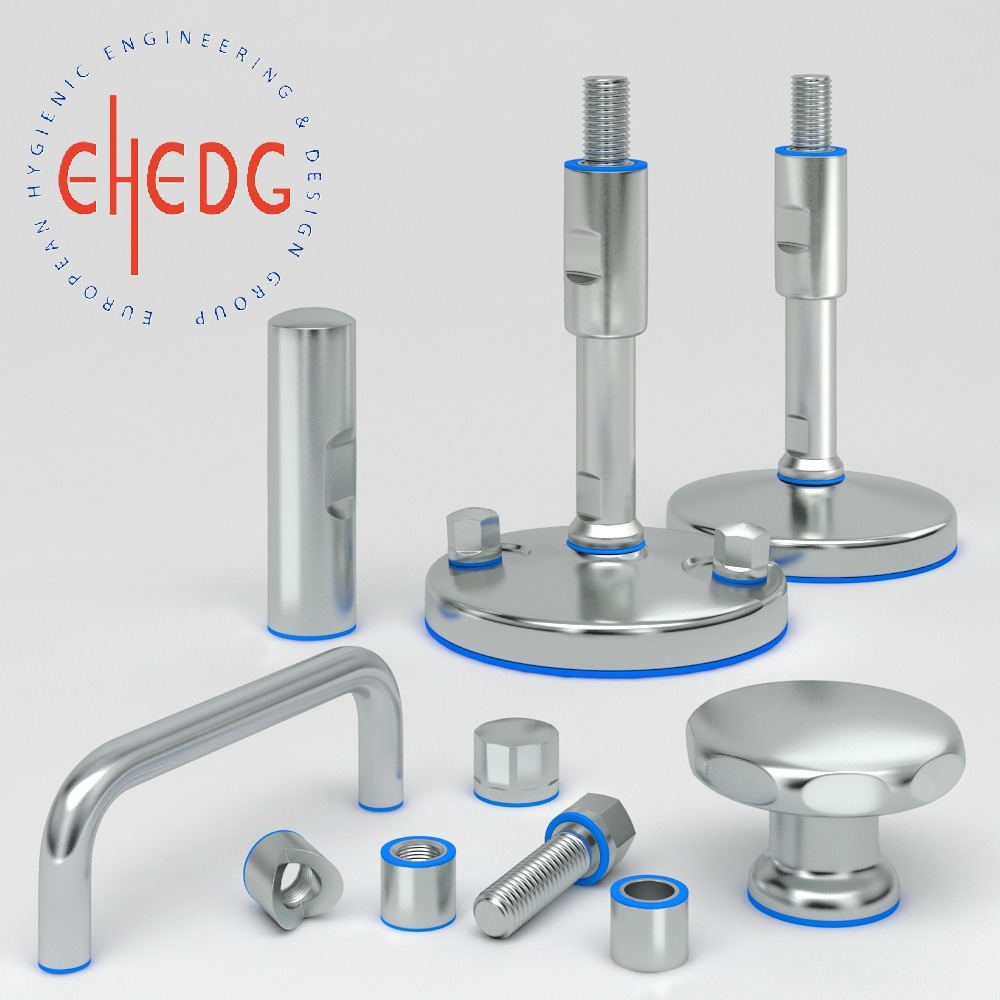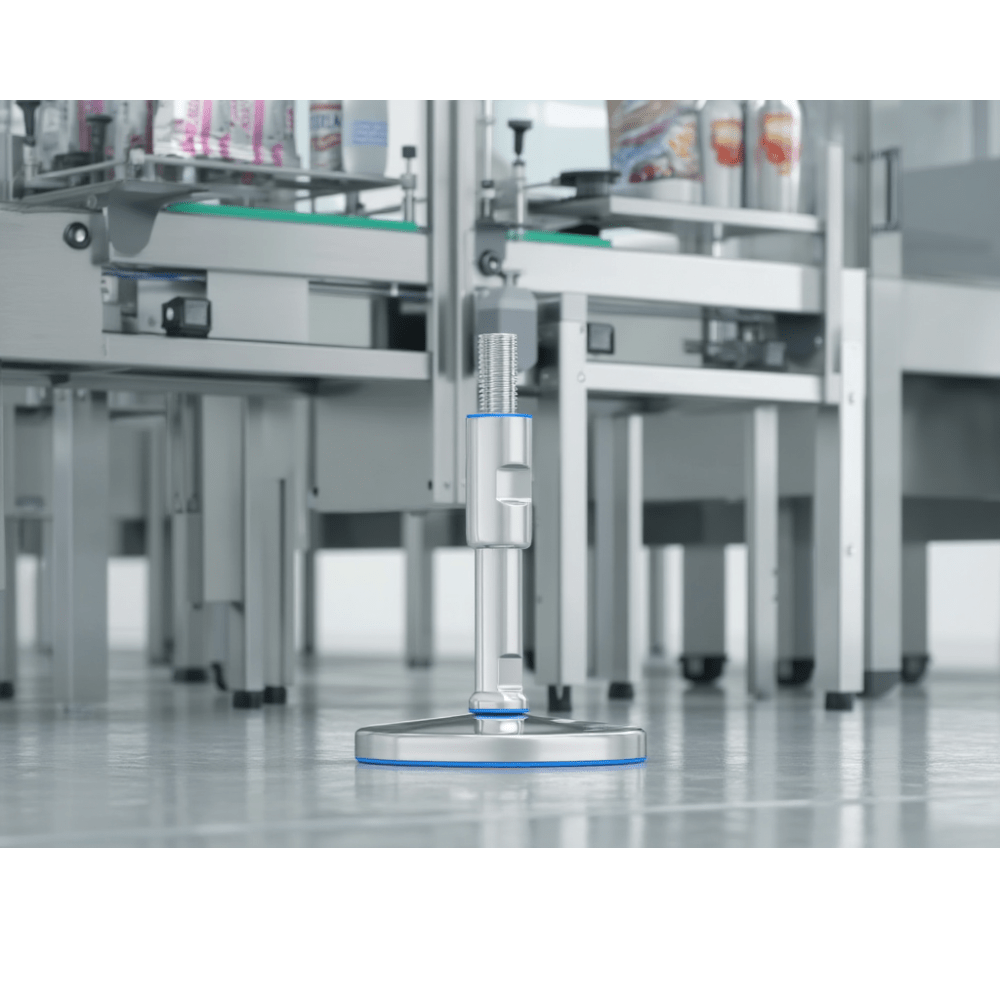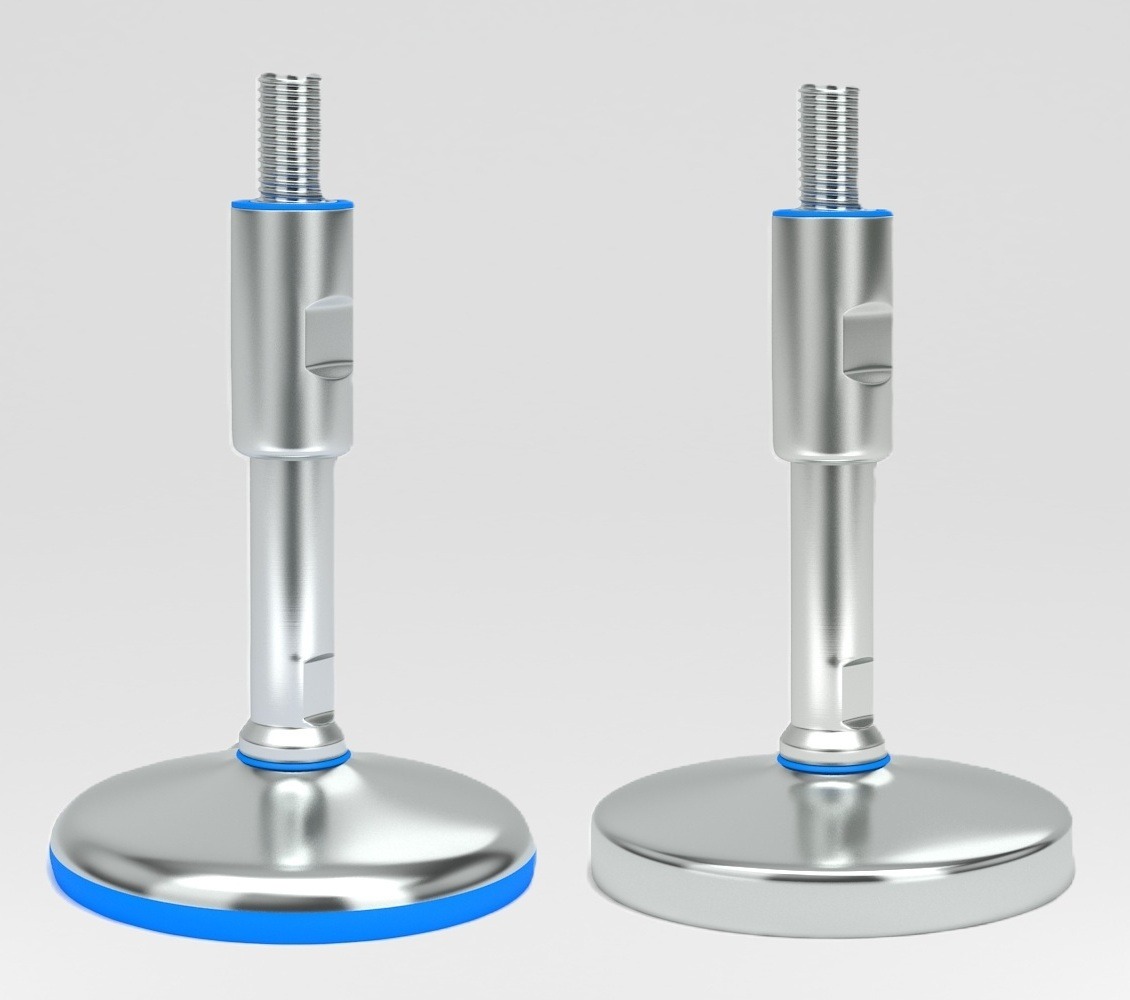
A Comprehensive Comparison: Adjustable Feet vs Leveling Feet vs Machine Feet
When it comes to machinery and equipment, ensuring stability, support, and precise positioning is critical. Industrial machines, conveyors, and workstations are frequently subjected to vibrations, temperature fluctuations, and varying weights, which all require reliable solutions for leveling and stabilization. Adjustable feet, leveling feet, and machine feet are all common components used in a variety of industries, but they each serve slightly different purposes. This article delves into a comprehensive comparison between adjustable feet, leveling feet, and machine feet, highlighting their individual benefits and ideal applications. Adjustable feet are designed to provide flexibility and ease in adjusting the height of machines, equipment, and workstations. These feet are typically threaded or have a screw mechanism that allows users to increase or decrease the height as needed. This makes them highly versatile, as they can be used to compensate for uneven floors or surfaces, offering a stable foundation for a wide range of equipment. Flexibility in Height Adjustment Enhanced Stability Protection of Equipment Adjustable feet are commonly used in applications where equipment height may need to be frequently altered, such as in laboratories, production lines, food processing plants, and manufacturing environments. The versatility they offer makes them indispensable in industries requiring adaptability and high hygiene standards, such as in the pharmaceutical or food industries. Leveling feet are a specific type of foot designed primarily for leveling machines and equipment. They are typically used to ensure that equipment is perfectly level, especially when the surrounding surface is uneven or slanted. Leveling feet may feature a fixed height or, in some cases, be adjustable through a simple mechanism, but their primary function is to maintain a precise level of alignment for machines. Precision Leveling Increased Safety Prevention of Vibrations Leveling feet are commonly used in machinery where precise leveling is crucial, such as in packaging, medical devices, assembly lines, or automated systems. They are ideal for heavy equipment and machines that require absolute stability to function correctly, especially in environments with significant vibrations or irregular flooring. Machine feet are a broad category of feet used to provide a stable base for various machines, devices, and workstations. Unlike adjustable or leveling feet, machine feet can be designed for fixed use, supporting a variety of machines or equipment in different industries. Machine feet often come in a fixed height or are designed to suit specific applications where height adjustment or fine-tuning is not as critical. General Stability Cost-Effective Solution Durability and Resistance Machine feet are most commonly used in heavy-duty machinery, such as those found in factories, warehouses, and large-scale manufacturing plants. They are ideal for equipment that is typically stationary and doesn’t require constant adjustments, such as large conveyor belts, industrial presses, or storage racks. Adjustable Feet Leveling Feet Machine Feet In summary, the choice between adjustable feet, leveling feet, and machine feet largely depends on the specific requirements of your equipment and the environment in which it operates. Adjustable feet offer flexibility in height adjustments, leveling feet provide precision in keeping equipment perfectly aligned, and machine feet offer a general solution for ensuring stability. Understanding these differences allows businesses in food processing, pharmaceuticals, manufacturing, and other industries to make informed decisions about the most suitable component for their machinery. By selecting the correct type of feet for your machines, you can improve the efficiency, safety, and longevity of your equipment, ensuring that your operations run smoothly and reliably.Which Is Right for Your Industrial Needs?
Adjustable Feet vs Leveling Feet vs Machine Feet
What Are Adjustable Feet?
Key Benefits of Adjustable Feet
The most significant advantage of adjustable feet is their ability to be adjusted to different heights. Whether dealing with floor slants, uneven surfaces, or the need to achieve a specific height for ergonomic purposes, adjustable feet can be finely tuned to meet these requirements.
Adjustable feet ensure that the load is evenly distributed across the surface of the equipment, reducing the risk of vibrations or unbalanced pressure that could affect the equipment’s performance. This is particularly important in industries such as food processing, pharmaceuticals, and biotechnology, where precision is crucial.
By ensuring machines are level, adjustable feet help protect machinery from wear and tear caused by uneven loading or pressure points. They also protect the equipment from external environmental factors such as water or dust.Common Applications of Adjustable Feet
What Are Leveling Feet?
Key Benefits of Leveling Feet
The main function of leveling feet is to provide accurate leveling of machinery, regardless of floor irregularities. For machines such as industrial mixers, packaging lines, or filling machines, it’s essential to ensure that the equipment remains steady and aligned during operation.
Proper leveling prevents machines from tipping, which could lead to accidents, breakdowns, or costly damage. This is especially critical in environments where high-speed or high-precision operations take place.
Leveling feet also play a crucial role in reducing vibrations that could cause disturbances in the performance of sensitive machinery. This is particularly important in industries like pharmaceuticals and biotechnology, where stability is paramount.Common Applications of Leveling Feet
What Are Machine Feet?
Key Benefits of Machine Feet
Machine feet provide a stable and solid foundation for equipment, ensuring it doesn’t wobble or shift during use. They are often made from durable materials such as stainless steel, rubber, or plastic to provide maximum grip and stability on a variety of surfaces.
Unlike adjustable or leveling feet, machine feet tend to be simpler and more affordable. They don’t require complex mechanisms or adjustments, making them an economical choice for many industries.
Machine feet are often designed with robust materials capable of withstanding harsh industrial conditions. They are resistant to chemicals, oils, heat, and moisture, making them suitable for challenging environments like warehouses, factories, and heavy-duty machinery operations.Common Applications of Machine Feet
Key Differences Between Adjustable Feet, Leveling Feet, and Machine Feet
Feature Adjustable Feet Leveling Feet Machine Feet Primary Function Flexibility in height adjustment Precise leveling and stability General stability for machinery Adjustability Yes, height can be adjusted Some are adjustable, but primarily level machines Fixed height or limited adjustment Precision High, depending on adjustment Very high, designed for leveling Moderate, depends on design and material Materials Stainless steel, plastic, rubber Stainless steel, plastic, rubber Stainless steel, rubber, plastic Applications Adjustable for uneven surfaces, ergonomic needs Primarily for leveling equipment in varied environments Stationary machinery, heavy-duty operations Ideal Industries Food, pharmaceutical, laboratory Food processing, medical devices, robotics Manufacturing, warehouses, factories When to Use Adjustable Feet, Leveling Feet, and Machine Feet?
Choose adjustable feet if your machinery or equipment requires frequent height adjustments, needs to be positioned on uneven surfaces, or needs to be aligned at different heights based on operational needs. They are ideal for flexible environments where equipment might need to be reconfigured often, such as in food processing lines or scientific laboratories.
Leveling feet are the best option when your primary concern is achieving precise leveling of machinery. If your equipment must be kept level at all times to prevent malfunctions, reduce wear, or ensure accurate measurements, leveling feet are the right choice. This is especially important in industries like pharmaceuticals or food packaging.
If you need a simple, durable, and cost-effective solution for providing a stable base for stationary machinery, machine feet are the way to go. They are most suitable for heavy-duty machines or when precision leveling and adjustment are not a priority.Select the correct type of feet for your machines
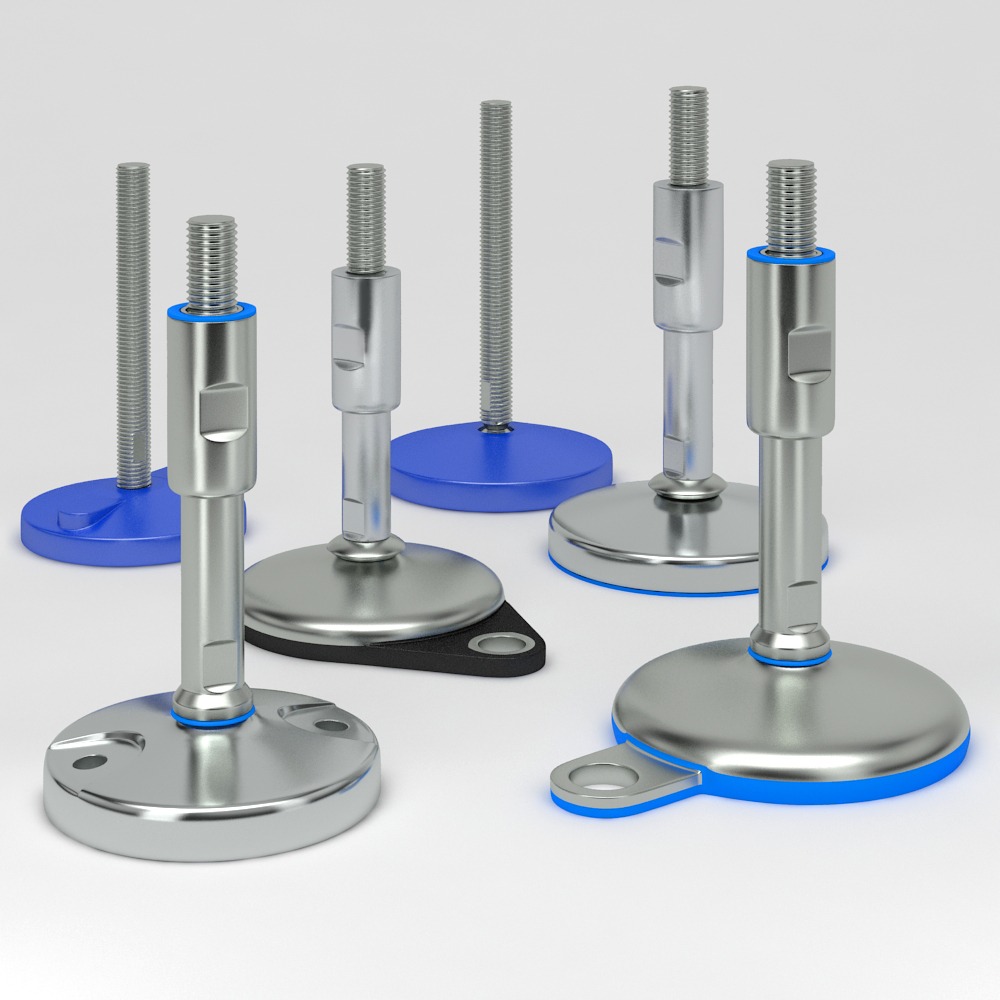
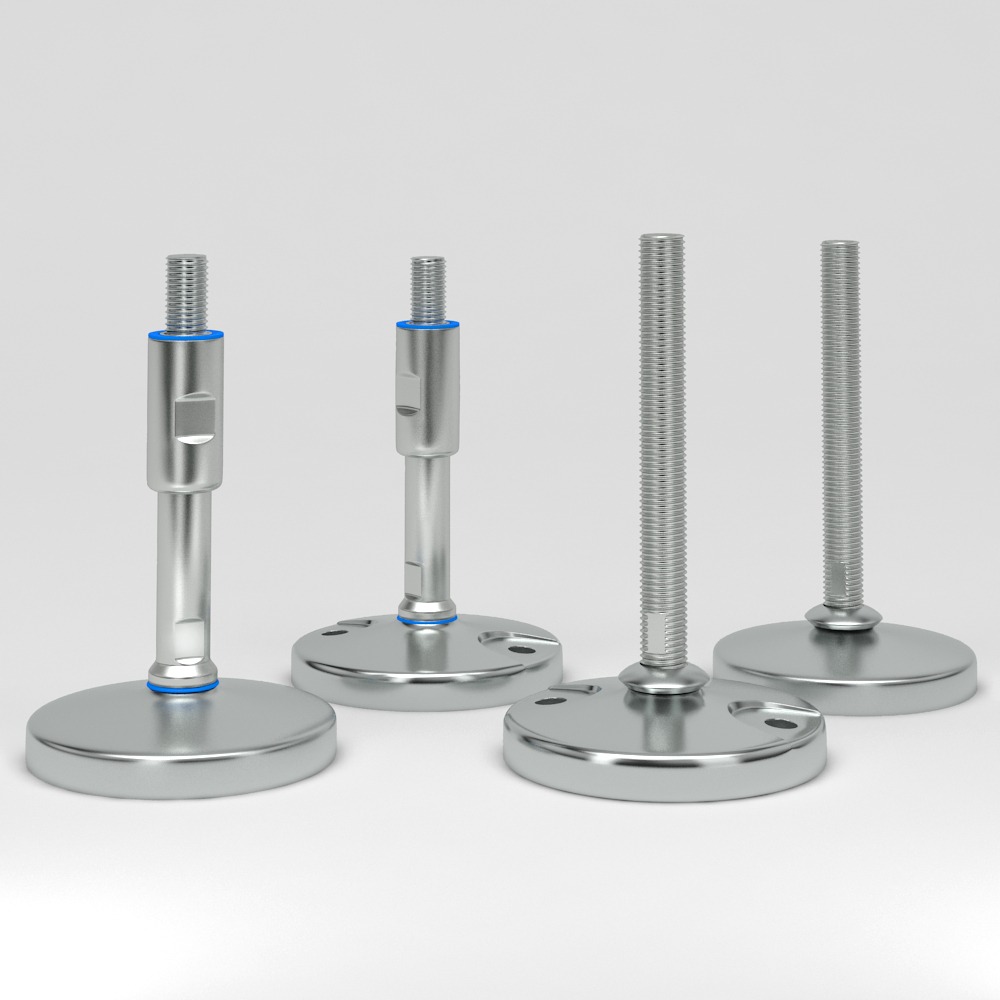
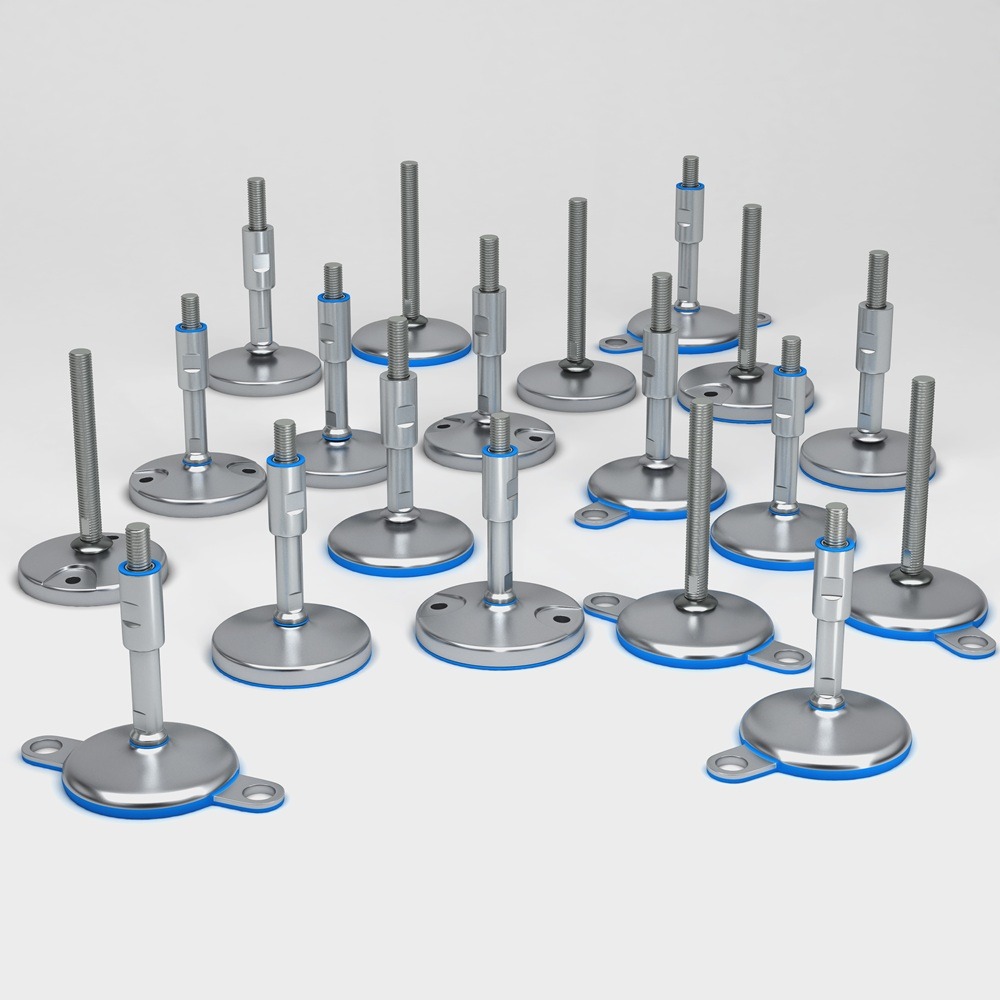
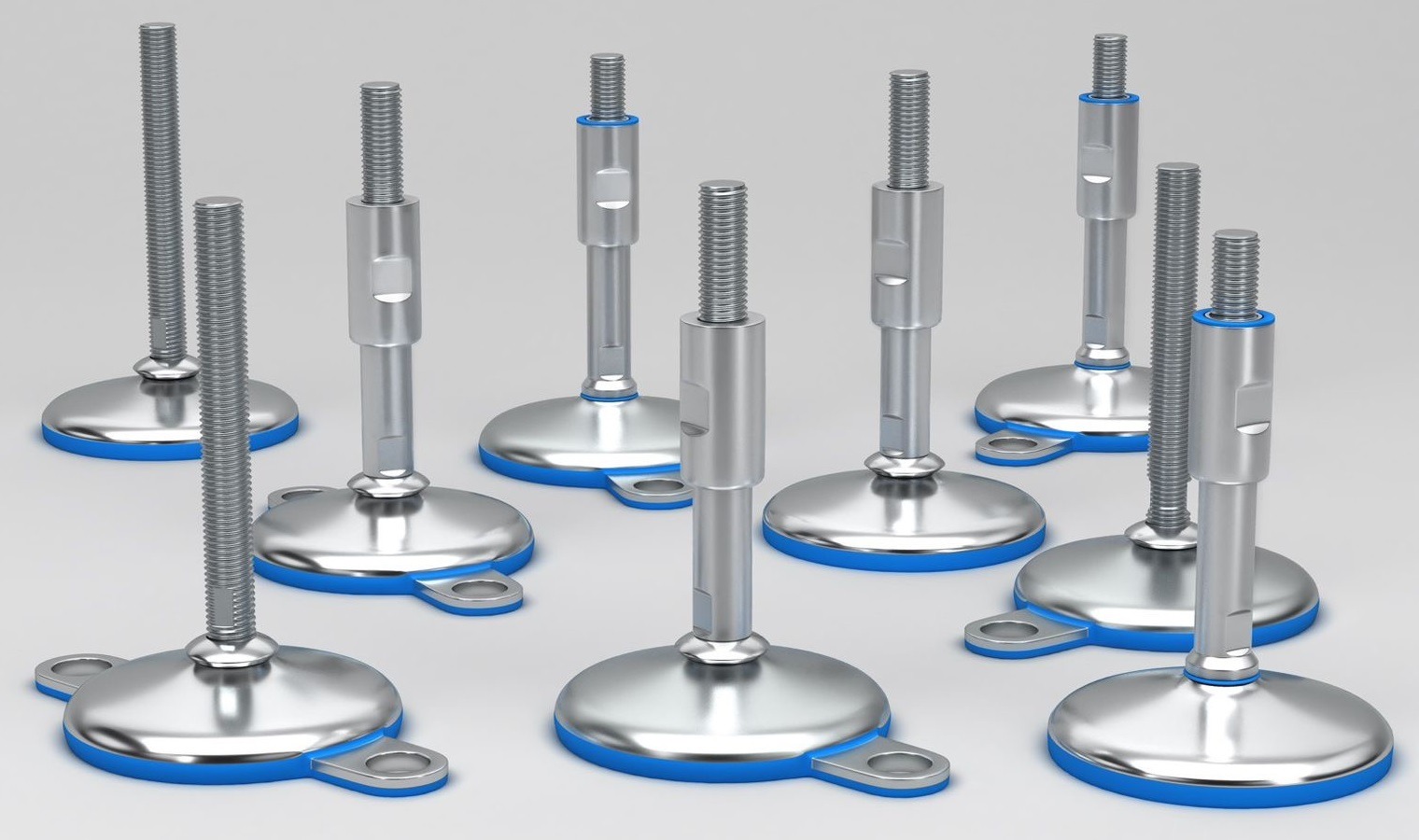
Contact
